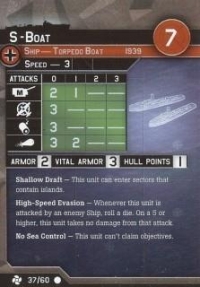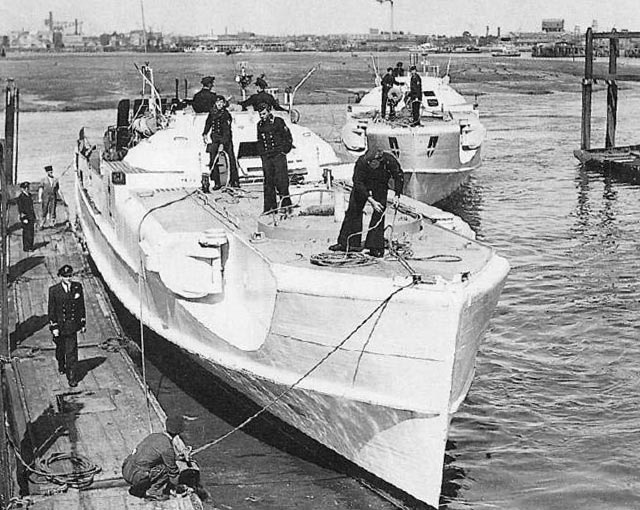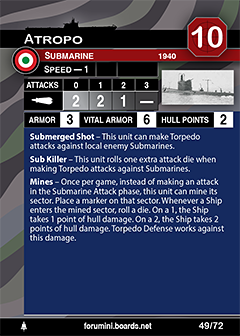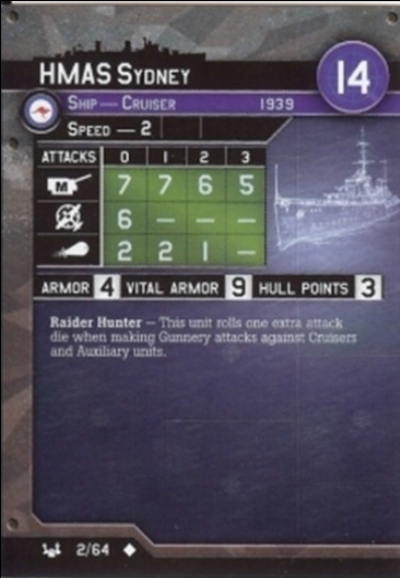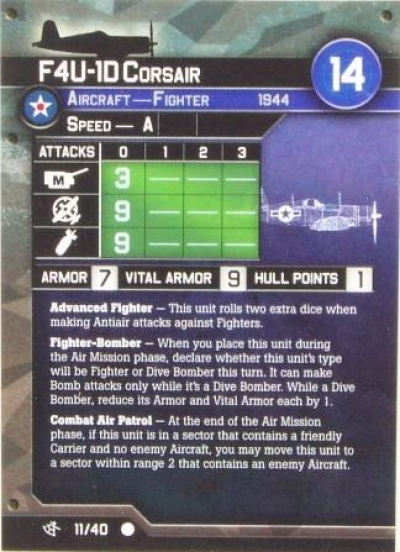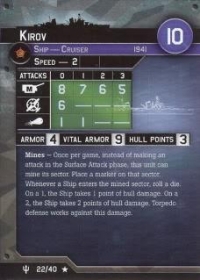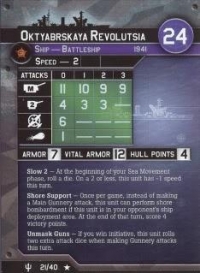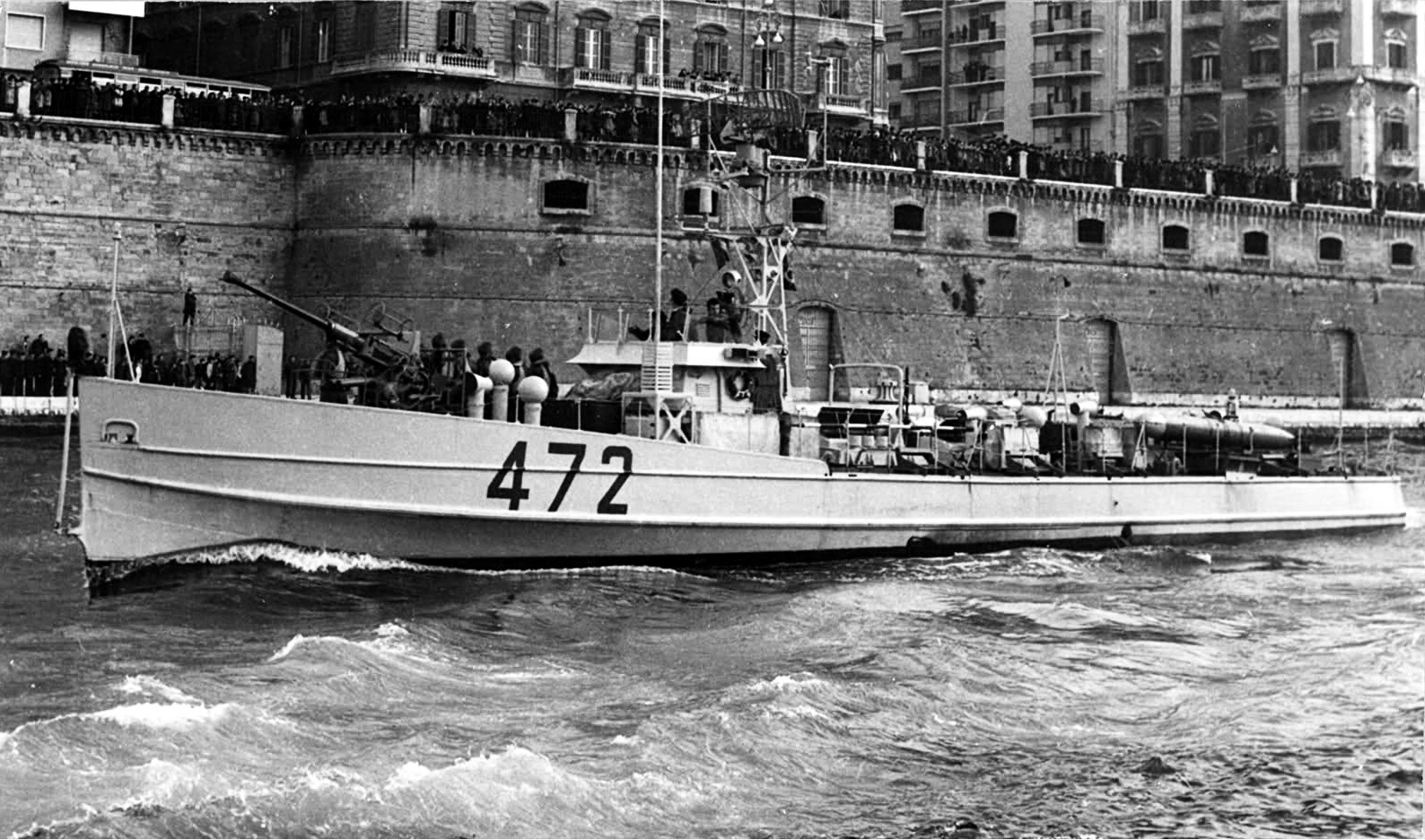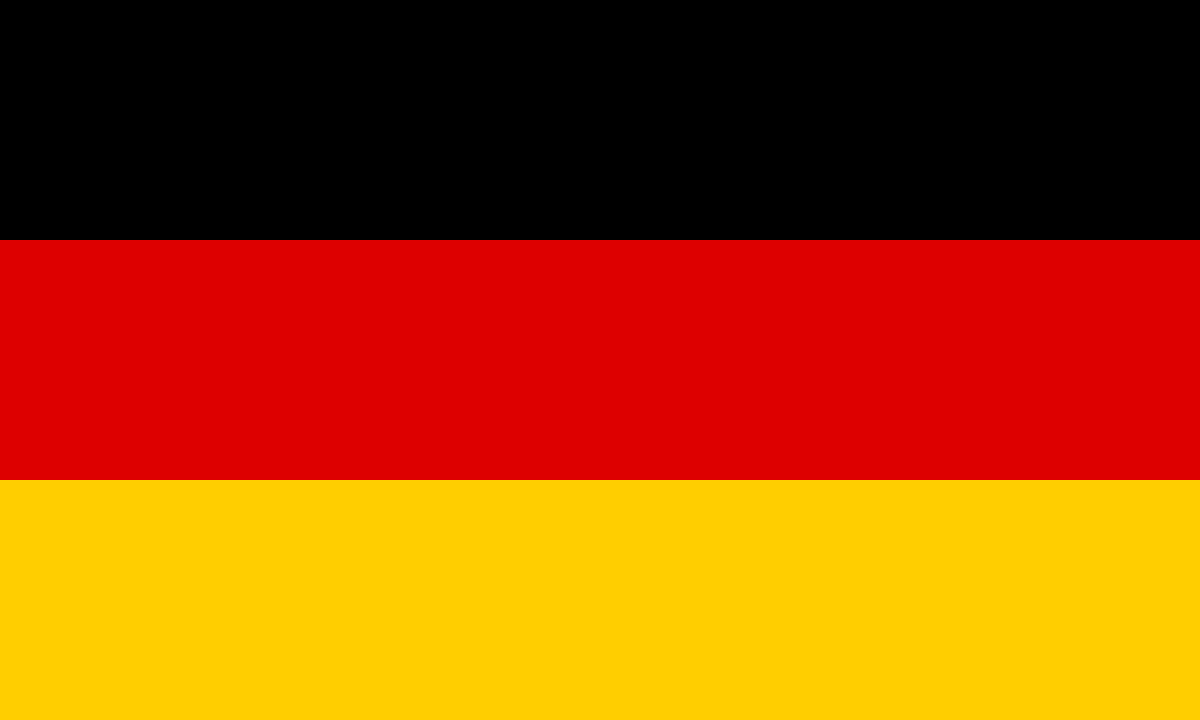Class History: E-boat was the Western Allies' designation for the fast attack craft (German: Schnellboot, or S-Boot, meaning "fast boat") of the Kriegsmarine during World War II. The most popular, the S-100 class, were very seaworthy, heavily armed and capable of sustaining 43.5 knots (80.6 km/h; 50.1 mph), briefly accelerating to 48 knots (89 km/h; 55 mph).
These craft were 35 m (114 ft 10 in) long and 5.1 m (16 ft 9 in) in beam. Their diesel engines provided a range of 700 to 750 nmi (810–860 mi; 1,300–1,390 km), substantially greater than the gasoline-fueled American PT boats and British Motor Torpedo Boats (MTBs).
As a result, the Royal Navy later developed better-matched MTBs, using the Fairmile 'D' hull design.
These craft were 35 m (114 ft 10 in) long and 5.1 m (16 ft 9 in) in beam. Their diesel engines provided a range of 700 to 750 nmi (810–860 mi; 1,300–1,390 km), substantially greater than the gasoline-fueled American PT boats and British Motor Torpedo Boats (MTBs).
As a result, the Royal Navy later developed better-matched MTBs, using the Fairmile 'D' hull design.
Country: Germany is a Western European country with a landscape of forests, rivers, mountain ranges and North Sea beaches. It has over 2 millennia of history. Berlin, its capital, is home to art and nightlife scenes, the Brandenburg Gate and many sites relating to WWII. Munich is known for its Oktoberfest and beer halls, including the 16th-century Hofbräuhaus. Frankfurt, with its skyscrapers, houses the European Central Bank.
Item created by: Lethe on 2015-05-31 17:46:30. Last edited by Lethe on 2019-08-28 08:17:10
If you see errors or missing data in this entry, please feel free to log in and edit it. Anyone with a Gmail account can log in instantly.
If you see errors or missing data in this entry, please feel free to log in and edit it. Anyone with a Gmail account can log in instantly.


